My research focuses on understanding what social interactions look like in immersive virtual environments, such as virtual and mixed reality. Specifically, I investigate how contextual factors — physical, virtual, and social — influence these interactions. I conduct large-scale, longitudinal studies to understand outcomes such as nonverbal behaviors and psychological processes. My work related to this has been covered by Stanford News.
Another thread of my research focuses on how we can integrate immersive technologies in sustainable and equitable ways into education. My work related to this has been covered by CNN and Stanford News.
During my free time I enjoy writing short stories, playing videogames (currently playing: Peak), and going down random rabbit holes.
Selected Publications
Below are some works that I have (co)-authored. You can also read my full CV, which includes a full list of publications, including journal articles, conference proceedings, non-archival conference papers/posters, and book chapters.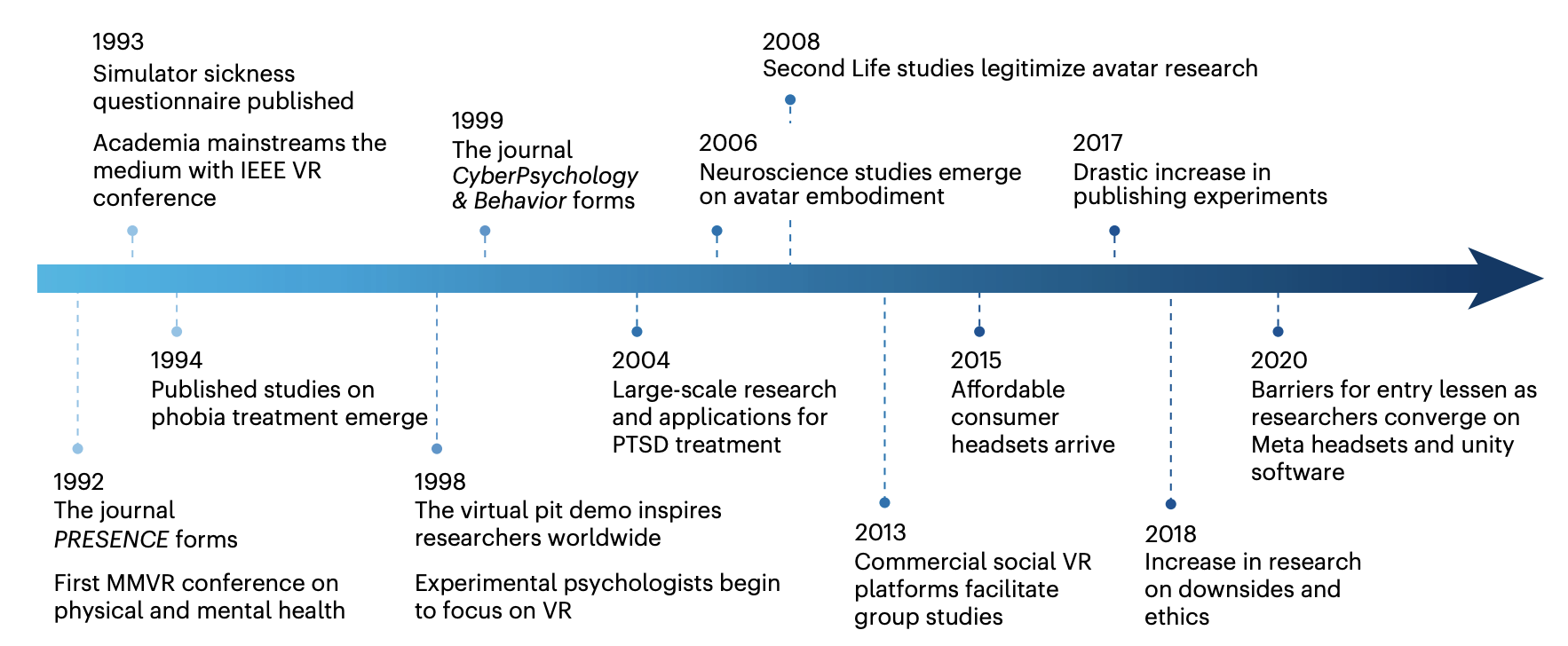
Jeremy N. Bailenson, Cyan DeVeaux, , Monique Santoso, and Portia Wang
Nature Human Behavior, 2025
pdf website nutshell description
This review article presents five canonical psychological research findings in VR over the past three decades: (1) the benefit of being there depends on the activity, (2) self-avatars influence behavior, (3) procedural training works better than abstract learning, (4) body tracking makes VR unique, (5) people underestimate distance in VR. We provide recommendations for both researchers and users of VR.
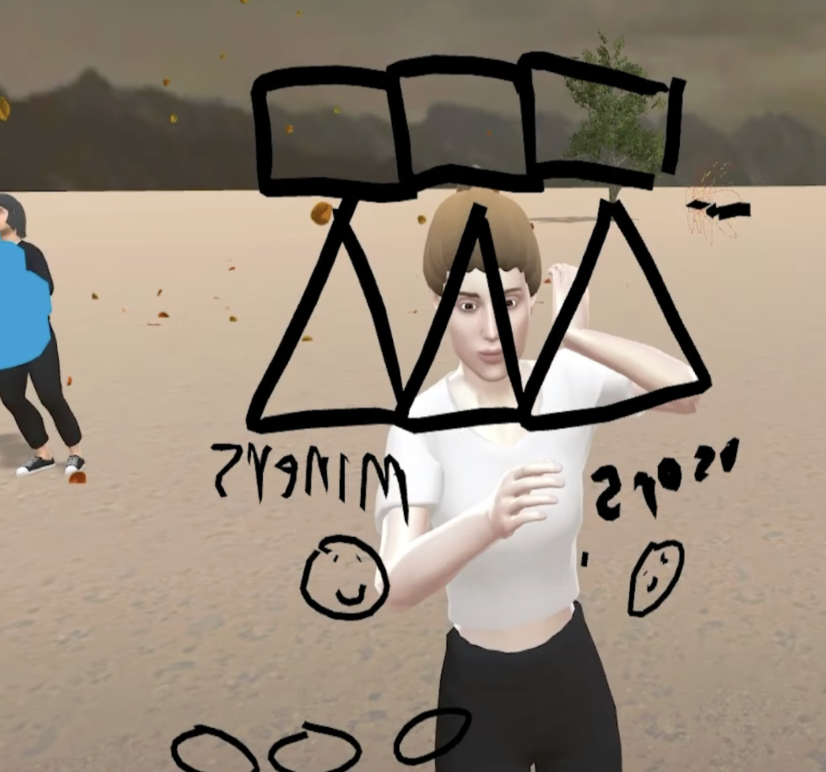
, Portia Wang, Cyan DeVeaux, Gabriella M. Harari, and Jeremy N. Bailenson
Thinking Skills & Creativity, 2025
pdf website nutshell description
This article (1) looks at the role of virtual mobility on how/what people create in VR and (2) introduces a VR-specific creativity coding scheme. Restricted movement leads to fewer deletions, fewer 3D models, shorter creations, and less practical designs.
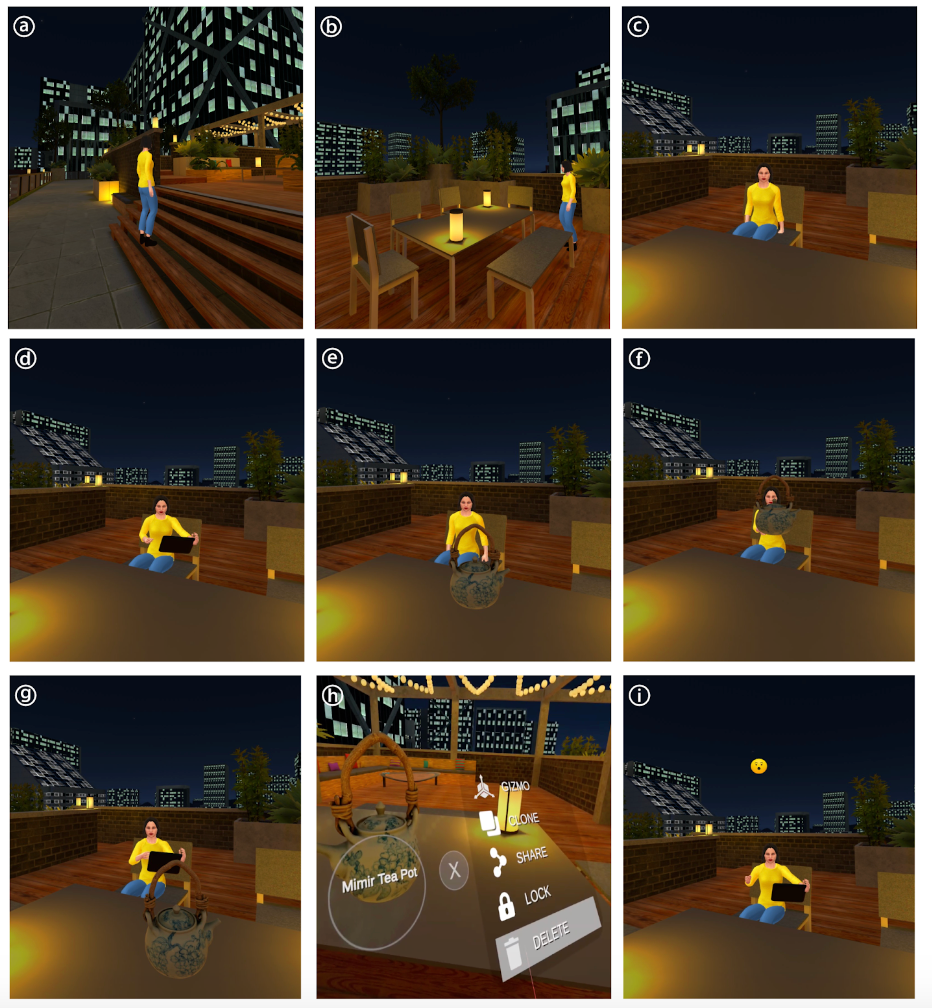
, Ian Strate, Kristine L. Nowak, and Jeremy N. Bailenson
Media and Communication, 2024
pdf website nutshell description
This article explores how different VR training methods (paper, video, VR) affect user experience, with tech anxiety influencing performance. Video or VR training helped mastery and reduced negative experiences; high tech anxiety participants struggled more regardless of method.
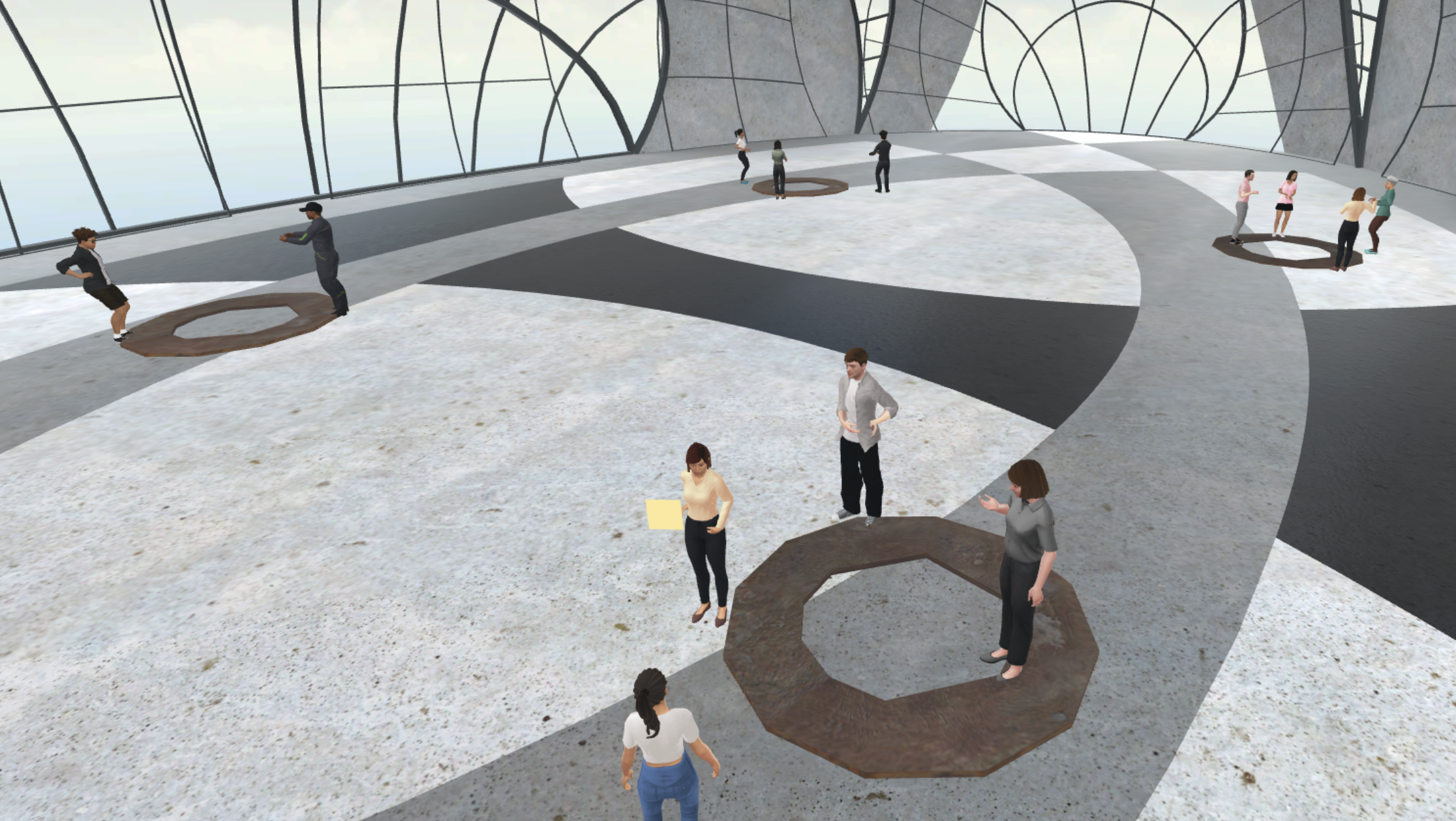
, Cyan DeVeaux, Mark Roman Miller, Gabriella M. Harari, Jeffrey T. Hancock, Nilam Ram, and Jeremy N. Bailenson
PRESENCE: Virtual and Augmented Reality, 2024
pdf website nutshell description
This 2-study article examines how virtual and physical social contexts affect nonverbal behavior. Study 1 (virtual) and Study 2 (physical) show variations in avatar movement, gaze, and interpersonal distance depending on the context.
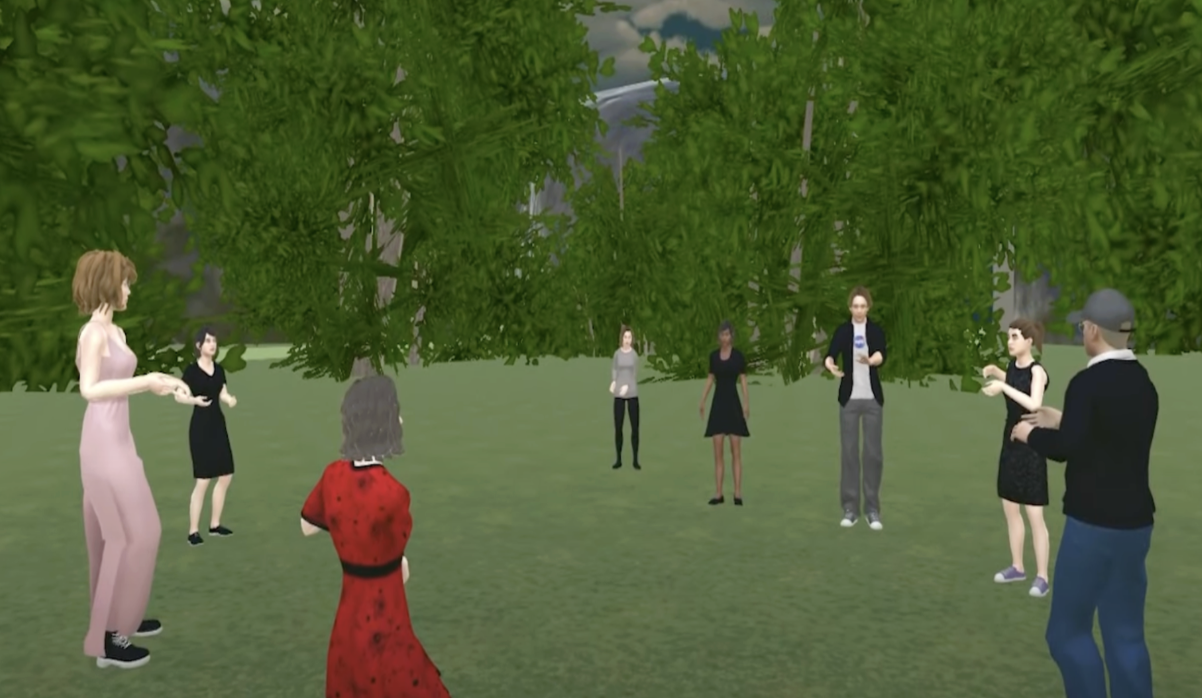
and Jeremy N. Bailenson
Communication Education, 2024
pdf website news coverage news coverage 2 nutshell description
This article discusses integrating VR into classrooms through the Virtual People course. Key insights: acclimate students, select tasks, manage technical issues, and plan physical & virtual course setups.
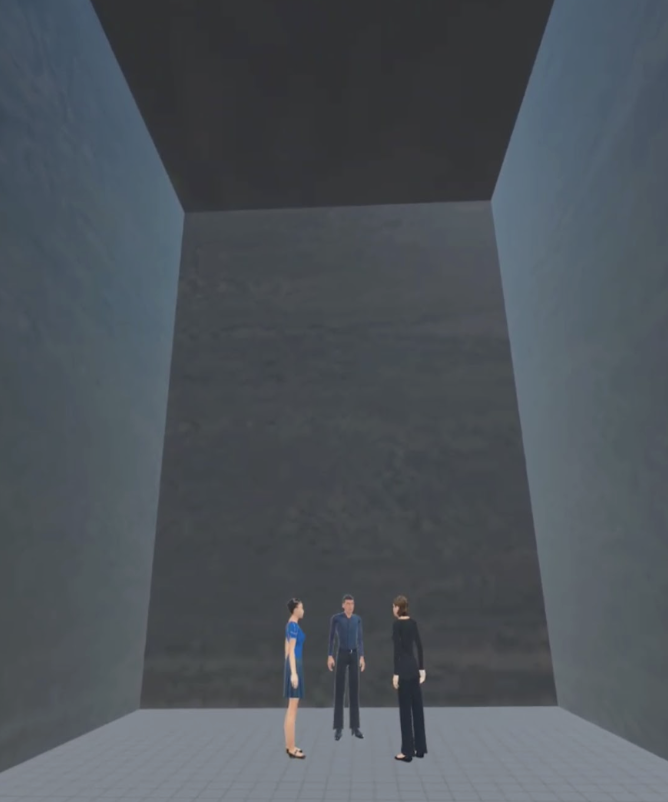
, Cyan DeVeaux, Jeffrey T. Hancock, Nilam Ram, Gabriella M. Harari, and Jeremy N. Bailenson
Journal of Environmental Psychology, 2024
pdf website nutshell description
This article studies how virtual room properties (ceiling height, floor size) influence attitudes and nonverbal behavior during social interactions in VR. High ceilings increased restorativeness, awe, and social attention; larger floors increased awe; both factors combined influenced movement and interpersonal distance.
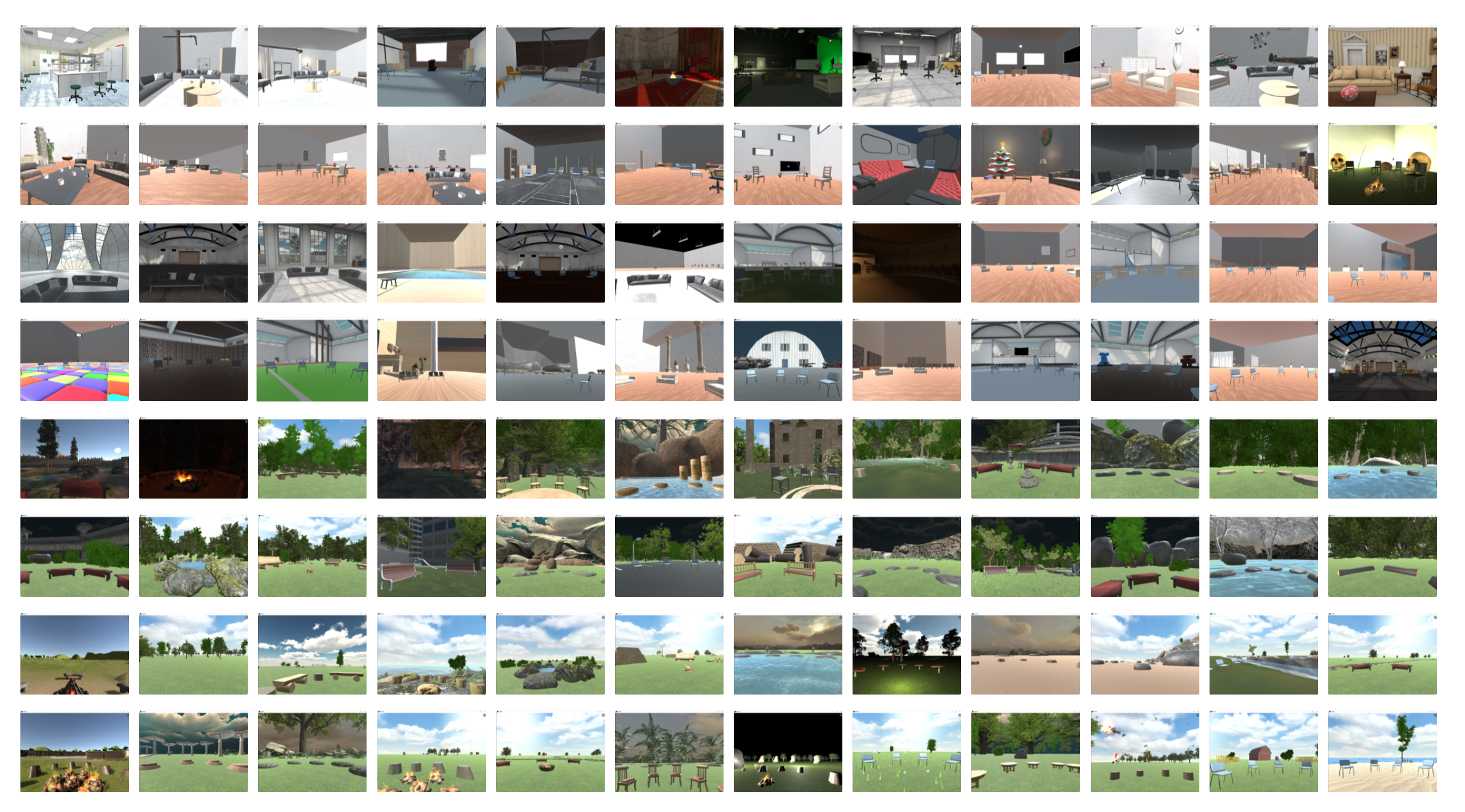
, Mark Roman Miller, Cyan Deveaux, Hanseul Jun, Kristine L. Nowak, Jeffrey T. Hancock, Nilam Ram, and Jeremy N. Bailenson
Journal of Computer-Mediated Communication, 2023
pdf website news coverage nutshell description
This 2-study article shows how avatar appearance and environmental context influence attitudes and behaviors in VR. Self-presence and realism increased over time; avatars resembling participants increased nonverbal synchrony but reduced enjoyment; outdoor spaces increased restorativeness and enjoyment.
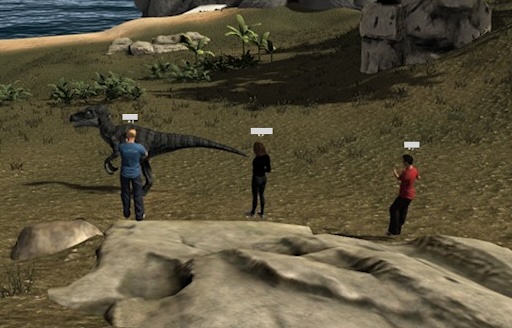
, Kristine L. Nowak, and Jeremy N. Bailenson
Technology, Mind, & Behavior, 2022
pdf website nutshell description
This study examines the challenges of implementing VR in distance education. Key takeaway: students must first learn VR itself before they can learn inside VR effectively.